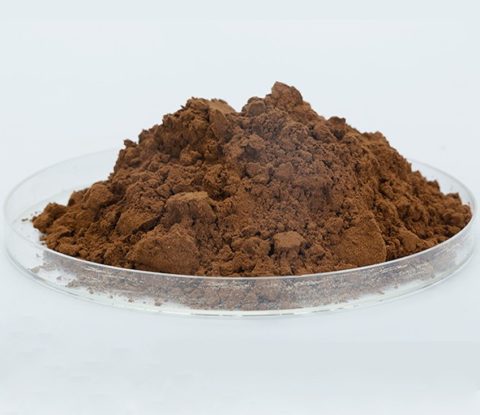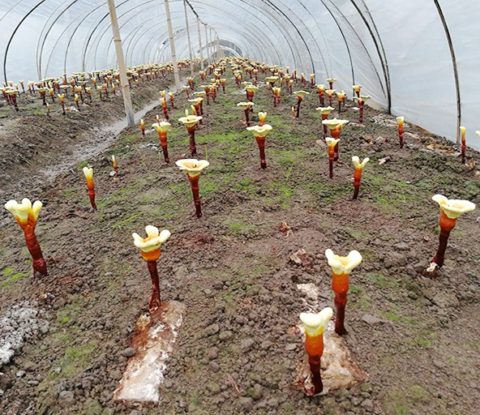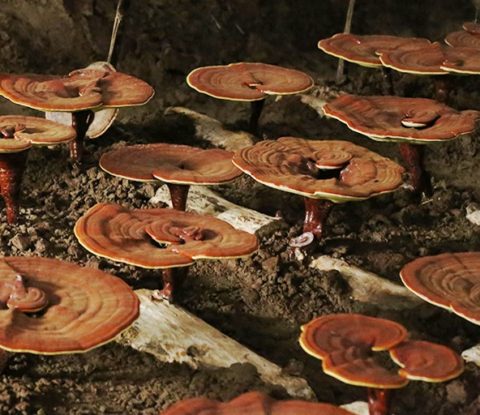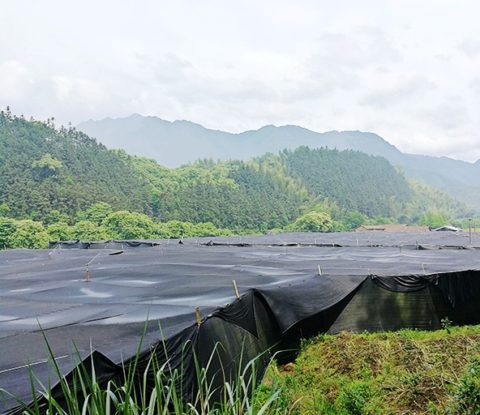
Reishi Beta Glucan, Ganoderma Lucidum Extract Beta D Glucan Powder, β-glucan 30%
Polysaccharides are a kind of key pharmacodynamic components in Ganoderma lucidum besides triterpenes. Among them, the β - configuration polysaccharide/beta glucan is the most active component in Ganoderma lucidum polysaccharides, which has a wide range of pharmacological effects.
Reishi Beta Glucan, Ganoderma Lucidum Extract Beta D Glucan Powder, β-glucan 30%
【Plant Source】: Fruiting body of Ganoderma Lucidum
【Specification】: Beta D glucan 10%, 20%, 30%
【Test Method】: Enzyme Assay
【production Process】: Water extraction and alcohol precipitation
【Appearance】: brownish yellow fine powder
【Particle Size】: 80 mesh
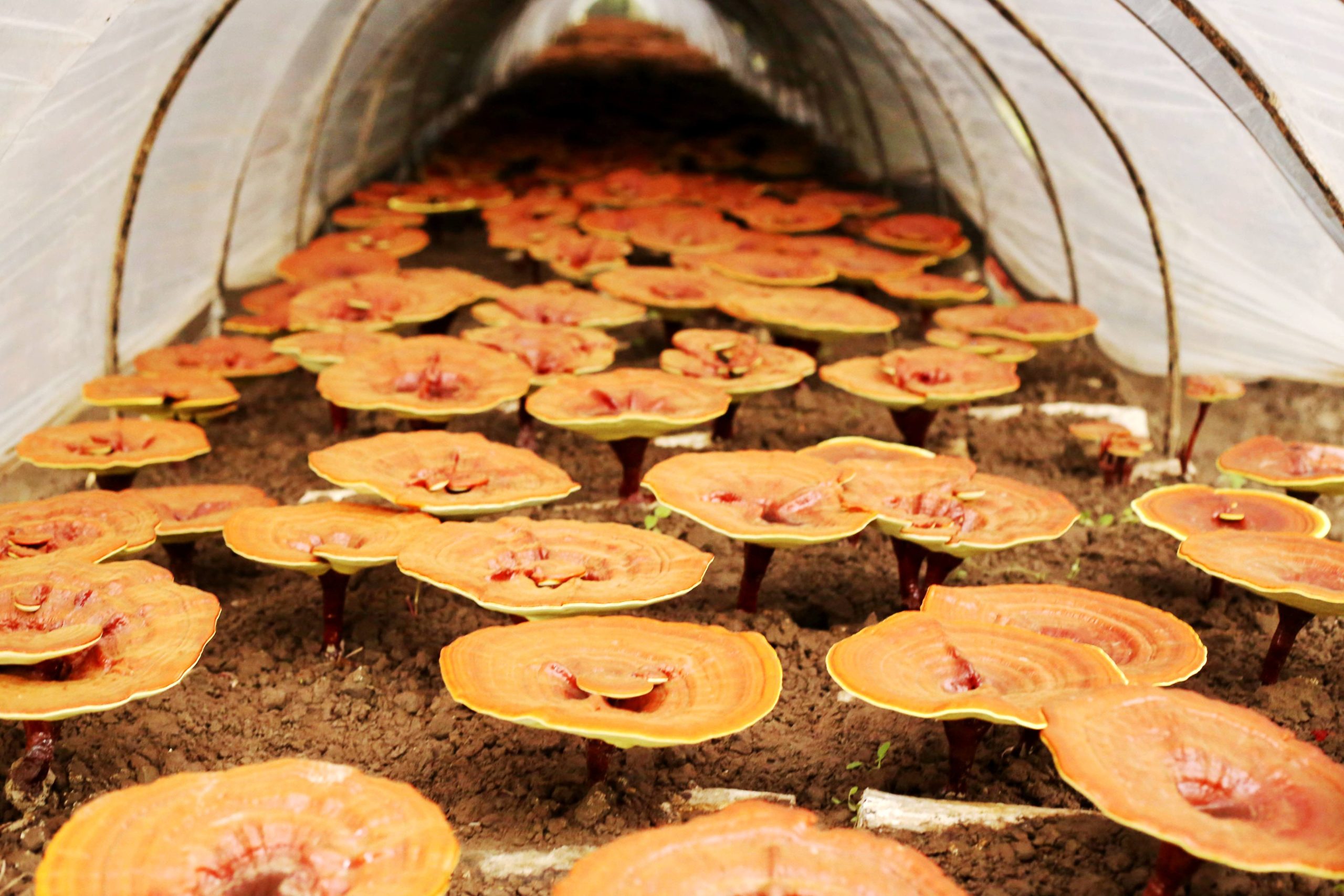
Reishi Beta Glucan/Ganoderma Beta D Glucan Production Process
Fruiting body of Duanwood Ganoderma Lucidum/Rreishi mushroom —- dry —- crush to coarse powder (40 mesh) —- purified water extraction—- centrifugal filtration —- concentration —- purification —- spray drying —- pass the 80 mesh size sieve —- packaging —- detection of physical and chemical indicators —- warehousing
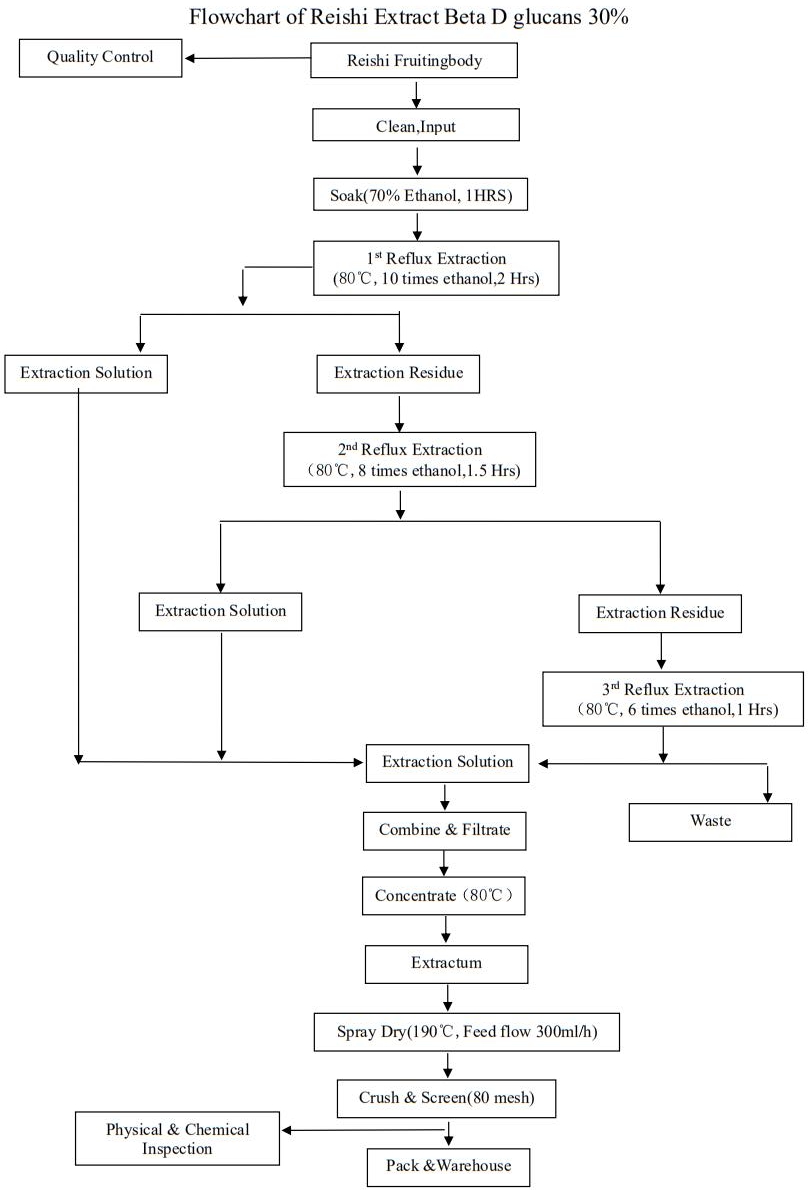
Advantages of Ganoderma Beta D Glucan/Reishi Beta Glucan
- Raw materials: Fruiting body of Duanwood Ganoderma Lucidum/reishi mushroom is used as the raw materials. And Thin-Layer Chromatogram(TLC) chromatogram could be provide for confirmation. Strain is certified by the Chinese Academy of Sciences microbial research and identification. All our raw materials are mainly fresh ganoderma lucidum from our cultivation farm ensuring the stability of quality and price. All our cultivation farms are carefully selected with a good environment to ensure there is low contamination from air and soil.
- Production Technology: All extraction process are operated under GMP workshop specification.
- Total Active Ingredients:Our ganoderma lucidum/reishi mushroom extract beta d glucan contains full ranges of components as polysaccharides, ganoderma acid, ganoderma triterpenoids, organic selenium, germanium and other nutrients.
- Before and After Sales Service: We could offer free samples for your testing, as well as test reports and other related support information for your testing, product application and product development. Our company is specialized in the production of edible and medicinal fungus polysaccharides, beta d glucan, triterpene and other products. There are more than 40 types of fungus products and 110 specifications in total. We also have established good business relationships with large pharmaceutical companies in China and abroad to provide high quality products for our clients.
Test Reports of Ganoderma Beta D Glucan/Reishi Beta Glucan
| Item | Result | Test Method |
| Appearance & taste | Brownish yellow fine powder, Characteristic taste of fungus and some bitter taste. | Visual & Organoleptic
|
| Triterpene | >0.5% | Chinese Pharmacopoeia 2015 edition p170 |
| Polysacchrides | >30% | GB 15672 |
| BETA D Glucan | >30% | Enzyme Assay |
| Pesticides Residues | NMT 1ppm | GC-HPLC |
| Ash | <9% | 2g/525℃/3hrs |
| Loss on Drying | <9% | 5g/100℃/2.5hrs |
| Heavy Metals | As<1.0 mg/kg, Pb<2.0 mg/kg, Hg<0.1mg/kg, Cd<1.0 mg/kg | Atomic Absorption |
| Microbiological Control | Total Plate Count<10,000cfu/g, Yeast & Mold<100cfu/g ,E.Coli<10cfu/g. | AOAC
|
Extended Reading on Ganoderma Beta D Glucan/Reishi Beta Glucan
Basic Information
Dextran is an isomorphic polysaccharide composed of glucose as monosaccharide. Glucose units are connected by glycosidic bonds. According to the type of glycosidic bond, it can be divided into alpha glucan and beta glucan. Dextran, also known as dextran, is widely used in alpha glucan. It is a kind of polysaccharide. It exists in the mucus secreted by some microorganisms during their growth. Dextran has a high molecular weight. It is mainly linked by D-glucopyranose with α, 1 → 6 bonds, and the branched chain points are 1 → 2, 1 → 3 and 1 → 4. With the difference of microorganism species and growth conditions, their structures are also different.
Beta glucans are fibrous polysaccharides (complex sugars) found in a variety of different food sources, including yeast, oat bran, barley fiber, medicinal mushrooms (such as maitake mushroom and Ganoderma Lucidum/reishi mushroom) and algae.
β – glucan has the most physiological activity. In the 1940s, Dr. pillemer discovered and reported for the first time that there was a substance in yeast cell wall that could enhance immunity. After further research by Dr. diluzio of Tulun University, it was found that the immune enhancing substance in yeast cell wall was a polysaccharide – β – glucan, which was isolated from baker’s yeast.
The active structure of β – glucan is a polysaccharide composed of glucose units. Most of them are bound by β – 1,3, which is the mode of glucose chain connection. It can activate macrophages and neutrophils, so it can increase the content of leukocyte, cytokinin and special antibody, and stimulate the immune system. Then, the body is more prepared to fight microbial diseases. β – glucan can rapidly restore the ability of lymphocytes to produce cytokines (IL-1) and regulate immune function effectively. A large number of experiments have shown that β – glucan can promote the production of IgM antibody in vivo to improve humoral immunity. This kind of glucan activated cells can stimulate host non-specific defense mechanism, so its application in tumor, infectious disease and treatment of trauma has attracted much attention. β – 1,3-glucan, which is extracted by special steps and does not contain endotoxin, has been identified as a safe substance by FDA in the United States. It can be added to general foods. Many reports have shown that oral administration of yeast β – 1,3-glucan in mice can increase the antibacterial and phagocytosis of strong peritoneal cells.
Benefits of beta glucan on the immune system
One of the major health benefits of β – glucan is the improvement of the immune system, particularly the yeast and mushroom varieties. This has been extensively studied in the medical literature. Thousands of preclinical studies have analyzed in detail the unique benefits of beta glucan. It turns out that on the surface of our leukocytes, there are receptor sites of yeast and Tricholoma matsutake β – glucan. Just as the lock on the door can only be opened with the correct key, the location of these receptors is particularly consistent with the structural composition of beta glucan. When yeast or Tricholoma matsutake beta glucan binds to the receptor, it activates white blood cells in a very specific way to help defend against invading organisms.
The following are the specific effects of yeast and mushroom β – glucan on the immune system:
Increasing the level of secretory immunoglobulin A (IGA). This protective substance is distributed in the mucous membranes of our bodies, such as the nasal tract, throat, airway, gastrointestinal tract, vagina and urethra. Low levels of secretory IgA are associated with increased risk of infection.
Activation of Macrophages. This is a special type of white blood cell, located in specific tissues, such as mucosa, liver, spleen and lymph nodes. Macrophages perform two important functions. They act as garbage collectors, swallowing foreign bodies, including bacteria and cell debris. In this process, macrophages analyze the threat to the immune system and, if necessary, send chemical messages to other white blood cells to enhance the response. Therefore, in essence, yeast β – glucan can trigger the whole immune system to perform its best function.
Activation of monocytes. Monocytes are macrophages (garbage collectors) that circulate through the blood and perform the same functions, including triggering multiple immune responses.
Activation of neutrophils. These cells also act as garbage collectors, actively phagocytizing and destroying bacteria, tumor cells and dead particles. Neutrophils are particularly important in preventing bacterial infections.
Enhance natural killer (NK) cells. These cells are so named because they can destroy cells that have become cancerous or infected by viruses. In chronic fatigue syndrome, cancer and chronic viral infection, the activity level of natural killer cells is usually low.
Clinical study of yeast beta glucan
Yeast β – glucan appears in several different commercial forms. Clinical studies focused on two special preparations produced by baker’s yeast, commonly known as Epicor and Wellmune, through a proprietary process. The dosage of both forms of yeast beta glucan is 500 mg per day, usually 250 mg twice a day.
Epicor and Wellmune have been shown to enhance human immune function in more than 20 clinical trials. The most significant benefits include the secretory IgA mechanism discussed above, as well as activation or enhancement of specific white blood cells and overall immune function.
Clinical studies with Epicor and Wellmune have shown that they have a variety of preventive effects against upper respiratory tract infections (colds and influenza). A daily dose of 500 mg of EPI can help prevent flu symptoms, whether or not you receive a flu vaccine. Double blind studies have shown that taking 500 mg of Wellmune a day helps fight cold and flu symptoms.
In Wellmune’s study group, none of the subjects missed a day’s work or class because of cold symptoms. In contrast, the absence rate of subjects in the placebo group during the trial period was almost 1.38 days.
In addition, an average of 3.5 subjects had fever in the placebo group, while the fever rate in the Wellmune group was 0. Wellmune also plays a significant role in improving quality of life, physical strength and overall health.
Clinical study on mushroom β – glucan
Dr. Hiroaki Nanba of Japan carried out a pioneering research on β – glucan of Tricholoma matsutake in the early 1980s. Dr. Nanba studies the immune enhancing properties of mushrooms. He found that the extract of Tricholoma matsutake showed more obvious activity than other mushroom extracts in animal experiments. One of the main benefits of Wurong is that it is quite effective orally. In contrast, other mushrooms Dr. Nanba has studied, such as Lentinus edodes, only work when injected into blood vessels.
In 1984, Dr. Nanba found that a part of Tricholoma matsutake significantly enhanced the ability of macrophages. This part is mainly composed of β – 1,6-glucan and β – 1,3-glucan. Although other mushrooms have been shown to have similar β – glucan composition, Dr. Nanba found that the β – glucan contained in Tricholoma matsutake had more branched side chains. It is generally believed that the greater the degree of branching, the higher the possibility of β – glucan partially contacting and activating more immune cells. Depending on the level of D – or md-fraction containing β – glucan, the dosage of D – or md-fraction is usually 35-70 mg / D during urgent need, and 5-15 mg / D for daily maintenance. 20 minutes before meals or on an empty stomach is the best.
